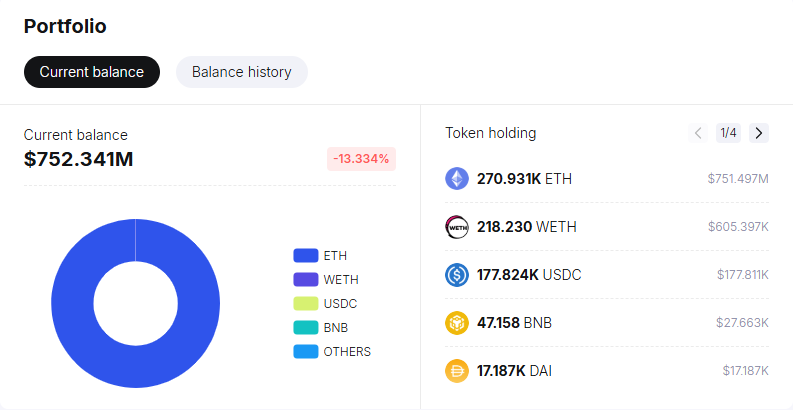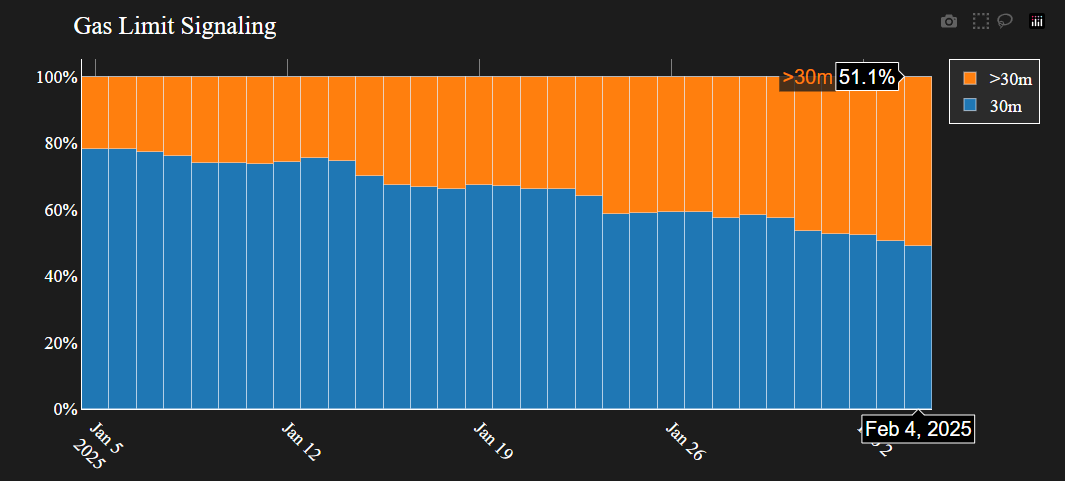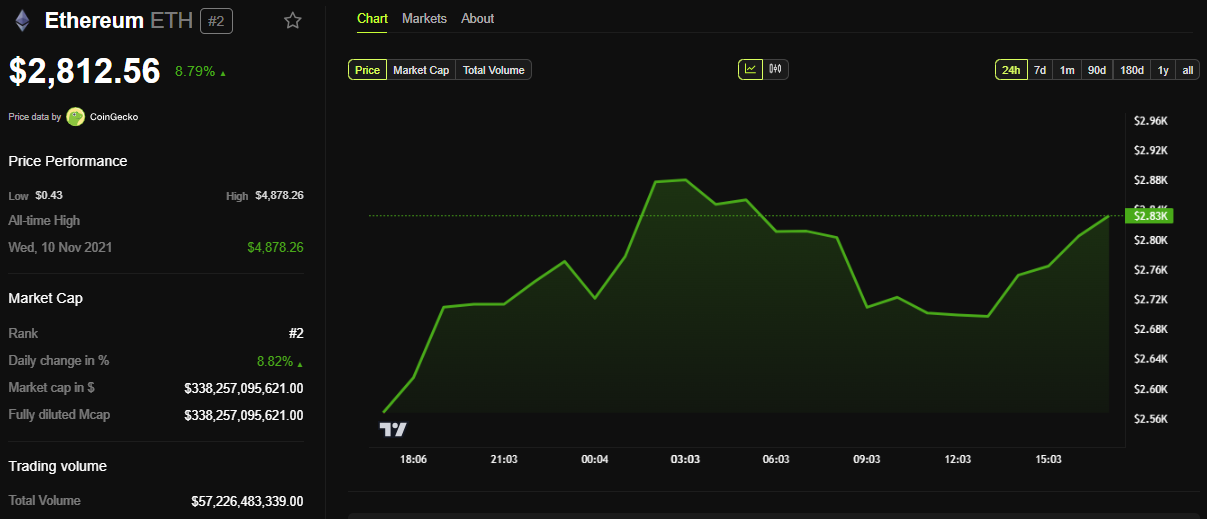-
Ethereum is facing significant challenges as leadership conflicts and recent DeFi investments bring into question its governance model and market dominance.
-
The Ethereum Foundation’s recent commitment of $165 million to DeFi initiatives marks a pivotal moment aimed at replenishing its treasury but raises concerns about long-term stability.
-
Furthermore, the ongoing gas limit debate highlights critical scalability issues, intensifying competition from platforms like Solana and Binance Smart Chain.
This article explores Ethereum’s leadership turmoil, its financial strategies, and pressing scalability concerns as it faces rising competition in the crypto space.
EF’s Leadership Turmoil: Conflict of Interest and Transparency Issues
In recent developments, the Ethereum Foundation (EF) is navigating through a turbulent period characterized by leadership challenges and internal strife. Controversies like the EigenLayer incident, where key researchers accepted advisory roles that conflict with Ethereum’s interests, have cast a shadow over the foundation’s credibility.
Vitalik Buterin acknowledged the need for restructuring at the Ethereum Foundation, a decision propelled by rising concerns among the community. This shakeup underscores the growing anxiety regarding the foundation’s neutrality and governance structures, especially during a time when Ethereum’s position is increasingly threatened by emerging competitors.
Amid the EigenLayer scandal, Twitter user eMon’s critique resonated widely: “What is a core EF contributor doing when he accepts roles on projects that have conflicted incentives with Ethereum?” Such sentiments reflect a deep-seated worry about governance integrity within the Ethereum ecosystem.
Ethereum Foundation’s $165 Million DeFi Investment
As controversies brew, the Ethereum Foundation has announced a substantial investment in decentralized finance (DeFi) amounting to 50,000 ETH, translating to approximately $165 million. This strategic move aims to bolster the EF’s dwindling treasury, which has shrunk significantly in recent years.

The EF has strategically positioned these funds within lending protocols such as Aave and Lido through a multi-signature wallet. Data from Spotonchain currently indicates a treasury value holding at approximately $752 million. While some argue that this move indicates a proactive effort to foster growth, critics suggest it signals underlying desperation in the face of declining influence against crypto giants.
Gas Limit Debate: Scaling Solution vs. Network Risk
Currently, Ethereum is embroiled in a contentious debate regarding its gas limit, which has surpassed 32 million. Over half of the validators have expressed support for increasing the limit, suggesting that such an action could lead to reduced transaction fees and enhanced network performance.

While proponents like Evan Van Ness advocate for the gas limit increase on democracy-enhanced PoS principles, detractors warn of potential destabilizing effects on the network, particularly for smaller validators. Ethereum co-founder Vitalik Buterin has emphasized the need for innovative solutions such as the Pectra Fork to improve usability while addressing these scalability concerns.
Ethereum vs. the Competition: Possibilities of a New #2
The competitive landscape for Ethereum is intensifying profoundly, with platforms like Solana and Binance Smart Chain gaining traction due to their attractive features. Solana, known for its low fees and quick transactions, has emerged as a formidable alternative for developers and users alike.
However, analyst Juan Pellicer from IntoTheBlock remains cautious, noting that while Solana shows promise, dethroning Ethereum remains a considerable challenge. He stated, “While Solana may continue to grow and potentially challenge Ethereum in specific niches, overcoming Ethereum’s entrenched position as the dominant platform in the immediate future is still unlikely.”
The rise of technologies like Avalanche and modular blockchain solutions further complicates Ethereum’s market position. With these advancements, the spotlight is increasingly on whether Ethereum can sustain its status as a key player or face a potential decline amid a crowded marketplace.
Conclusion
As Ethereum navigates this precarious phase marked by leadership disruptions, financial strategizing, and competitive pressures, its future hangs in the balance. The community’s response to these challenges—particularly in governance and scalability—will be crucial in determining whether Ethereum remains the predominant smart contract platform or finds itself eclipsed by its rivals.
Investors and stakeholders must carefully consider these evolving dynamics, weighing Ethereum’s long-standing principles of decentralization and innovation against the mounting uncertainties of governance and market competition. Only time will reveal whether these changes will strengthen Ethereum’s foundations or signal the beginning of its decline.

Current trading reports show ETH at $2,812, reflecting a near 9% increase since the start of the week.
